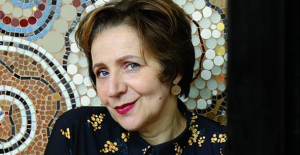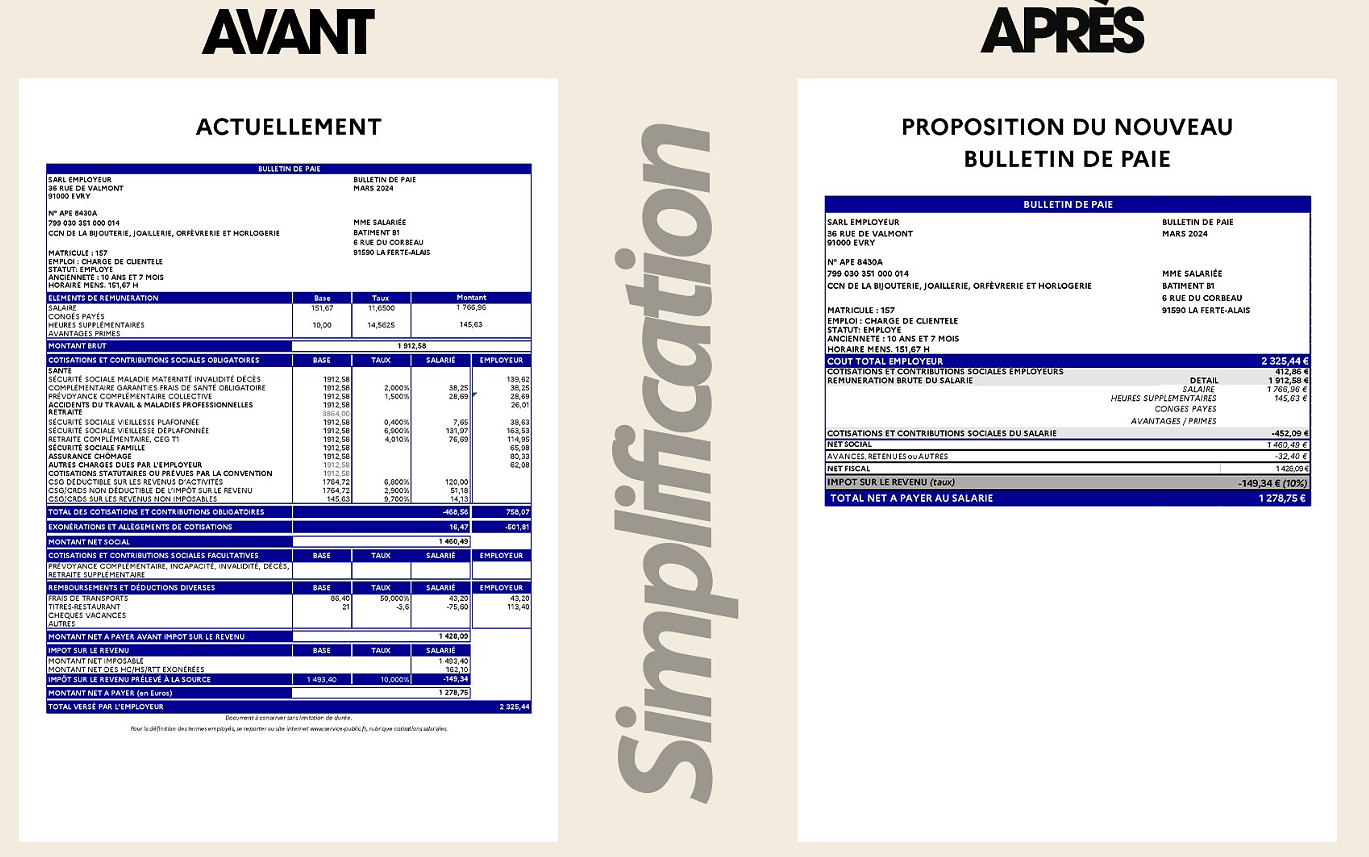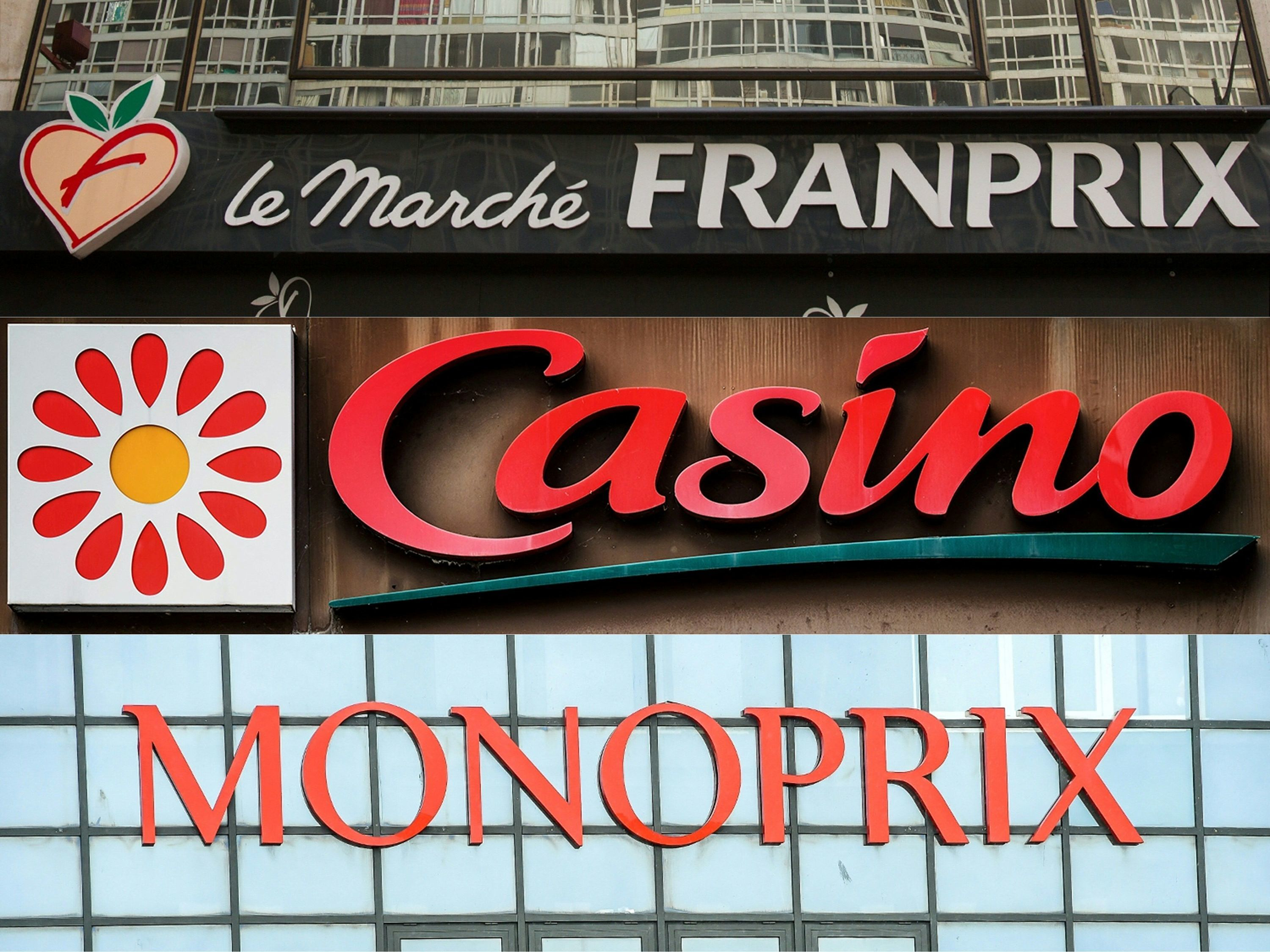The bank recognizes the extra cushion and bills its result. CaixaBank raises its highest quality assets; BBVA and Sabadell reduce them.
Santander is not willing to leave anything to chance. It is the Spanish bank with the largest liquidity cushion in absolute terms, it has added almost 80,000 million euros since the end of 2019 and is well above regulatory requirements, but it has not slowed down for that. The bank has exercised prudence and has once again raised its cushion against unforeseen events for another quarter.
The bank chaired by Ana Botín began publishing the figure for high-quality liquid assets in June 2019 and since then it has posted 10 consecutive quarters of growth, record after record. And the period between January and March of this year has not been an exception: it has added 9,400 million euros to its private calculation and has raised its protection shield to 291,200 million.
This figure includes the entity's most prized possessions, those that can be converted into cash quickly and without risk of losing value. This is reflected in the Basel rules, which decided after the financial crisis that banks had to be equipped with the best weapons against hypothetical liquidity crises and deposit withdrawals.
Banknotes, reserves in central banks, sovereign debt of countries free from any threat of default or corporate bonds of companies with the highest solvency are the most valued sources of liquidity and those required by regulators.
But this protection costs money and Santander recognizes it in its results for the first quarter of 2022. "The cost of the largest liquidity buffer" has taken its toll on the interest margin and the operating result of the Corporate Center, which is the unit that manages these resources and that is in charge of making and keeping the collection, according to the entity.
In return, the bank has "a robust and diversified liquidity buffer, with ratios well above regulatory limits," he adds.
CaixaBank has accompanied Santander in the rise movement and also has a higher shield now than at the end of 2021. But for the Catalan group it is not a record figure.
The bank chaired by José Ignacio Goirigolzarri reached its highest level in the third quarter of last year, after the absorption of Bankia took this game to the heights. In the last part of 2021 it released some ballast and between January and March 2022 it has picked it up again, with 2,651 million euros more in liquid assets on its balance sheet. However, the 171,000 million that it accumulates in total are still less than what it looked like in September of last year.
Other entities have not followed the same collection path. BBVA set its historical record for liquid assets in the second quarter of last year, thanks to the injection that resulted from the sale of its retail banking business in the United States for 9,600 million euros. At that time it came to accumulate a volume that was close to 148,000 million, but since then it has begun to decline.
The bank chaired by Carlos Torres considers that it has more resources than it needs and is rationalizing this item. In the first quarter it has done it again and has cut 3,618 million liquidity, leaving it at 134,600 million euros.
Sabadell has also taken a step back. After four quarters on the rise to strengthen its position and a historical record of 57,168 million at the end of 2021, between January and March of this year it has taken a break. It has lowered the mattress by 875 million, leaving it at 56,293 million.
First-quarter boost or no boost, Spain's four largest banks are far more protected from potential crises than regulators are asking. The requirement is to have at least the same amount of high-quality liquid assets as would occur in a hypothetical 30-day cash-out storm, with heavy deposit outflows and flight of more volatile money.
This ratio no longer depends only on the volume of liquidity in absolute terms, but on the specific one required of each entity, because each one has a different calculation of what its deposit withdrawal level could be in the event of a crisis. And the greats of the sector in Spain not only comply, but are well above it, with CaixaBank as a prominent figure.
The Catalan bank has three times more liquidity than required (its LCR ratio, which is how this requirement has been called, is 315%), but Sabadell is not far either. It has 235% at the end of the first quarter. Santander is at 157% and BBVA, at 152%.

 His body naturally produces alcohol, he is acquitted after a drunk driving conviction
His body naturally produces alcohol, he is acquitted after a drunk driving conviction Who is David Pecker, the first key witness in Donald Trump's trial?
Who is David Pecker, the first key witness in Donald Trump's trial? What does the law on the expulsion of migrants to Rwanda adopted by the British Parliament contain?
What does the law on the expulsion of migrants to Rwanda adopted by the British Parliament contain? The shadow of Chinese espionage hangs over Westminster
The shadow of Chinese espionage hangs over Westminster Parvovirus alert, the “fifth disease” of children which has already caused the death of five babies in 2024
Parvovirus alert, the “fifth disease” of children which has already caused the death of five babies in 2024 Colorectal cancer: what to watch out for in those under 50
Colorectal cancer: what to watch out for in those under 50 H5N1 virus: traces detected in pasteurized milk in the United States
H5N1 virus: traces detected in pasteurized milk in the United States What High Blood Pressure Does to Your Body (And Why It Should Be Treated)
What High Blood Pressure Does to Your Body (And Why It Should Be Treated) “I’m interested in knowing where the money that the State takes from me goes”: Bruno Le Maire’s strange pay slip sparks controversy
“I’m interested in knowing where the money that the State takes from me goes”: Bruno Le Maire’s strange pay slip sparks controversy Despite the lifting of the controllers' strike, massive flight cancellations planned for Thursday, April 25
Despite the lifting of the controllers' strike, massive flight cancellations planned for Thursday, April 25 The right deplores a “dismal agreement” on the end of careers at the SNCF
The right deplores a “dismal agreement” on the end of careers at the SNCF The United States pushes TikTok towards the exit
The United States pushes TikTok towards the exit Saturday is independent bookstore celebration
Saturday is independent bookstore celebration In Paris as in Marseille, the Flames ceremony opens to fans of rap and hip-hop
In Paris as in Marseille, the Flames ceremony opens to fans of rap and hip-hop Sale of the century for a mysterious painting by Klimt, in Austria
Sale of the century for a mysterious painting by Klimt, in Austria Philippe Laudenbach, actor with more than a hundred supporting roles, died at 88
Philippe Laudenbach, actor with more than a hundred supporting roles, died at 88 Skoda Kodiaq 2024: a 'beast' plug-in hybrid SUV
Skoda Kodiaq 2024: a 'beast' plug-in hybrid SUV Tesla launches a new Model Y with 600 km of autonomy at a "more accessible price"
Tesla launches a new Model Y with 600 km of autonomy at a "more accessible price" The 10 best-selling cars in March 2024 in Spain: sales fall due to Easter
The 10 best-selling cars in March 2024 in Spain: sales fall due to Easter A private jet company buys more than 100 flying cars
A private jet company buys more than 100 flying cars This is how housing prices have changed in Spain in the last decade
This is how housing prices have changed in Spain in the last decade The home mortgage firm drops 10% in January and interest soars to 3.46%
The home mortgage firm drops 10% in January and interest soars to 3.46% The jewel of the Rocío de Nagüeles urbanization: a dream villa in Marbella
The jewel of the Rocío de Nagüeles urbanization: a dream villa in Marbella Rental prices grow by 7.3% in February: where does it go up and where does it go down?
Rental prices grow by 7.3% in February: where does it go up and where does it go down? Sale of Biogaran: The Republicans write to Emmanuel Macron
Sale of Biogaran: The Republicans write to Emmanuel Macron Europeans: “All those who claim that we don’t need Europe are liars”, criticizes Bayrou
Europeans: “All those who claim that we don’t need Europe are liars”, criticizes Bayrou With the promise of a “real burst of authority”, Gabriel Attal provokes the ire of the opposition
With the promise of a “real burst of authority”, Gabriel Attal provokes the ire of the opposition Europeans: the schedule of debates to follow between now and June 9
Europeans: the schedule of debates to follow between now and June 9 These French cities that will boycott the World Cup in Qatar
These French cities that will boycott the World Cup in Qatar Montpellier-Nantes: at what time and on which channel to watch the Ligue 1 match?
Montpellier-Nantes: at what time and on which channel to watch the Ligue 1 match? Ligue 1: Luis Enrique leaves many PSG players to rest in Lorient
Ligue 1: Luis Enrique leaves many PSG players to rest in Lorient Football: Deschamps, Drogba, Desailly... Beautiful people with Emmanuel Macron to play with the Variétés
Football: Deschamps, Drogba, Desailly... Beautiful people with Emmanuel Macron to play with the Variétés Football: “the referee was bought”, Guy Roux’s anecdote about a European Cup match… with watches and rubies
Football: “the referee was bought”, Guy Roux’s anecdote about a European Cup match… with watches and rubies


















